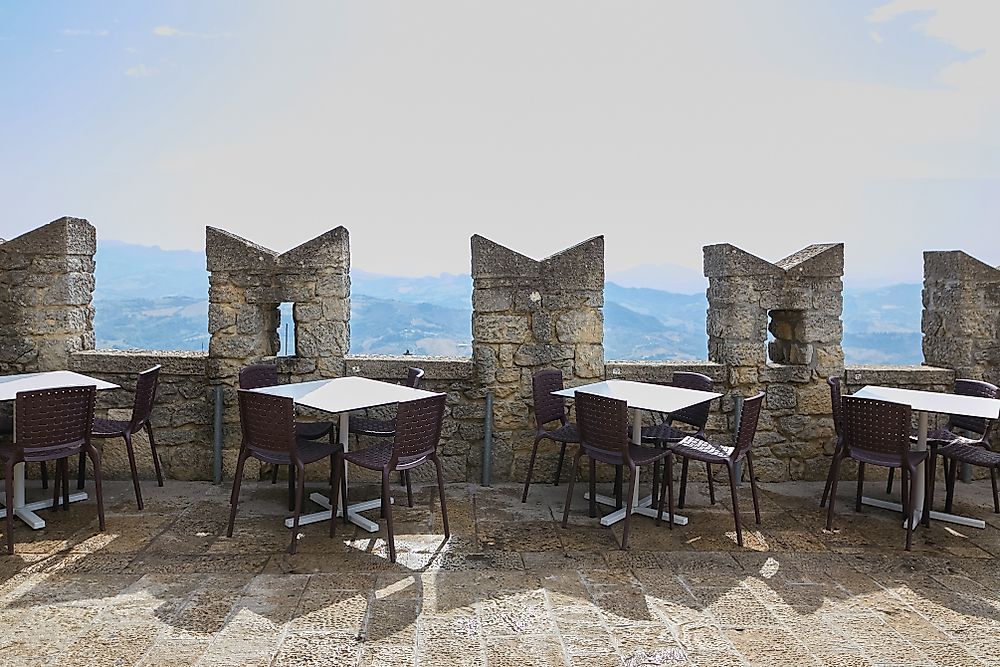What Are The Biggest Industries In San Marino?

San Marino is a country located in southern Europe. It is surrounded by Italy and known for being among the smallest countries in the world. The enclave’s capital city is known as San Marino and the official language used in the country is Italian. The county’s population as of 2018 was 33,344 people. San Marino is dominated by the Apennine Mountains. San Marino’s economic policies are similar to those of the European Union, even though it is not a member of the union. In 2017, the estimated GDP of the country was approximately 2 billion with the main economy drivers being manufacturing, tourism, and banking industries. The country had an unemployment rate of 8.2% in 2018.
Manufacturing
The manufacturing industry forms a large part of the economy of San Marino. The predominant industries are tiles, building materials, quality spirits & wines, clothes, furniture, fabrics, paints, and electronics. Mining is also a sub-sector in the manufacturing industry. It mainly comprises of the extraction of limestone and stones. San Marino inherited mining of limestone from its founder who was called Saint Marinus. Saint Marinus was a stone mason. The country’s exports include most of the items produced within the manufacturing sector such as spirits, wines, and paints.
Services
The services industry mainly comprises of the tourism and banking sectors. The tourism industry in San Marino is well developed and quite successful. An average of 3.5 million tourists visit the country every year amounting to annual revenue of USD 860 million. The most significant source of revenue in the tourism industry besides the money received from accommodation and tours and travels is the sale of historic coins and stamps. San Marino has been nicknamed the “Serene Republic” as it provides an utterly calm, quiet, and beautiful environment for its visitors. Tourist attraction sites in the country include the Three Towers of San Marino, Monte Titano, Basilica di San Marino, National Museum, Museum of Curiosities, Wax Museum, and Convent and Art Gallery San Francisco.
The banking sector in San Marino forms an important part of the Italian banking system as well as a huge source of government revenue. The growth and development of the sector are based on the tax incentives granted to the companies as well as favorable interest rates. On the other hand, some of the challenges that the banking sector grapples with include heightened non-performing loans and bad debts. There are eight banks in San Marino including CARISP, Banka di San Marino, BAC, and Banca CIS. CARISP is the largest bank in San Marino having assets amounting to about 1,658 million Euros.
Agriculture
In 2011, the amount of land used for agriculture was 16.7% of its total land area which is 61.2 square kilometers. The farmers focus on the growth of fruits and grains. They also engage in animal husbandry with the majority of the farmers keeping pigs, sheep, horses, and cattle. Animal products include beef, hides, and cheese.











